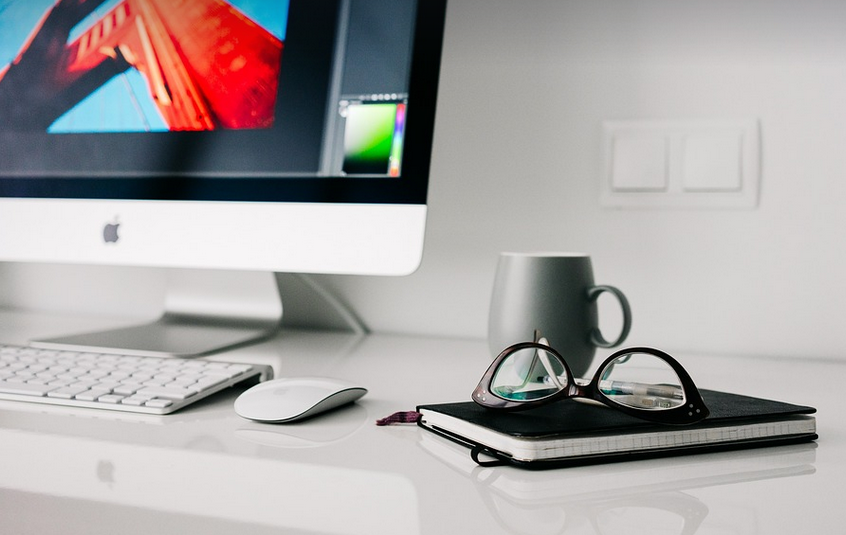
All Bags Entering Research Facilities Are Screened
Keeping Our Labs Safe: A Simple Yet Vital Check
Welcome to the fascinating world of research, a realm where groundbreaking discoveries and inventions often unfold within the confines of tightly controlled environments. But as you delve deeper into this intricate web of innovation, it’s crucial to remember that safety is paramount in any scientific endeavor. This is why all bags entering research facilities undergo a meticulous screening process.
Imagine a bustling laboratory teeming with scientists and researchers, their minds ablaze with ideas as they delve into the complexities of various fields like chemistry, physics, biology, or engineering. But, these labs are not simply playgrounds of theoretical exploration; they’re hubs where experiments might involve highly sensitive equipment, potentially dangerous materials, and even volatile substances.
The sheer volume and variety of items that come into a research facility pose a significant challenge. A typical laboratory bag may contain everything from laptops to lab coats, personal belongings, and potentially anything that could be an unforeseen risk to the safety of researchers and equipment. This is where the screening process comes in as a crucial safeguard.
The screening process isn’t about being overly restrictive or creating unnecessary delays; it’s about striking the right balance between security, efficiency, and scientific progress. Each bag is treated with respect and care, ensuring that nothing unwanted slips into the laboratory.
The process involves a multi-layered approach: first, physical inspection. The bags are scanned for any suspicious items like sharp objects or flammable materials. This is often the first checkpoint and can be done by trained security personnel. Then, upon further scrutiny, the contents of each bag are carefully inspected.
Next comes the X-ray technology – a powerful tool that allows us to see through bags without having to open them. It effectively helps identify dangerous substances like hazardous chemicals or biological samples with high accuracy, minimizing potential hazards. Moreover, this technology plays a crucial role in preventing unauthorized materials from entering a lab, ensuring only authorized and regulated items are allowed.
The screening process is not merely about keeping the labs safe; it’s also about maintaining the integrity of scientific research. Imagine if someone had brought in something that could disrupt or even corrupt the results of an experiment. The meticulous screening ensures that valuable time and resources aren’t wasted on investigating potential safety breaches.
Furthermore, this procedure can be a crucial factor in ensuring compliance with stringent regulations. Research facilities often adhere to specific guidelines set by relevant authorities regarding the handling of various materials – from potentially toxic substances like heavy metals to biological samples susceptible to contamination.
The screening process also plays a role in fostering trust and transparency within the research community. Knowing that each bag is checked before entry fosters confidence in the lab environment, ensuring researchers can focus on their work without worrying about potential safety hazards.
Ultimately, the screening process allows us to ensure that our laboratories remain safe spaces for innovation and discovery. It’s a small yet significant step towards safeguarding lives and maintaining the integrity of scientific pursuits. Whether it’s discovering new cures for diseases or developing innovative technologies to improve our everyday lives, every research facility must prioritize safety at all times.
So, next time you imagine yourself in a lab, remember the unseen efforts that go into ensuring your safety and the integrity of scientific research. The meticulous screening process is an embodiment of this dedication, allowing us to explore the frontiers of knowledge with confidence and unwavering assurance.